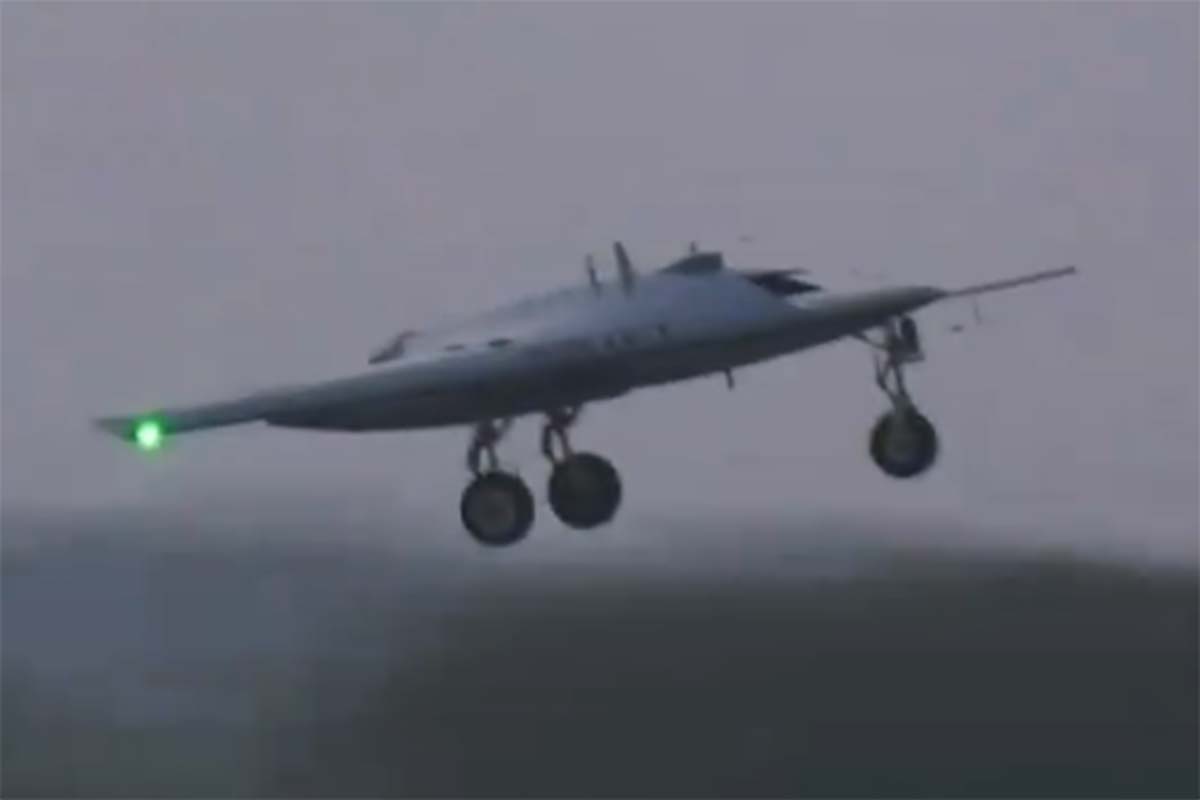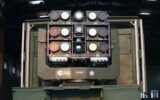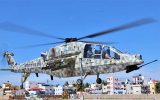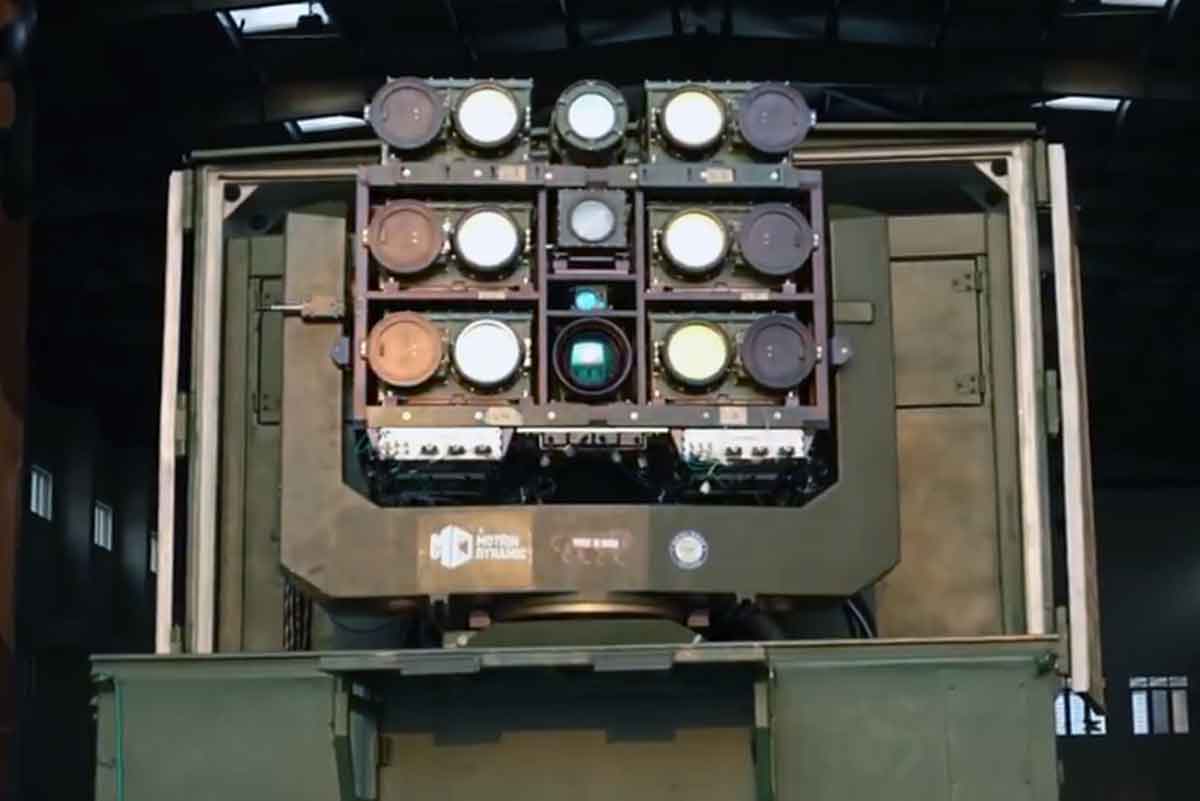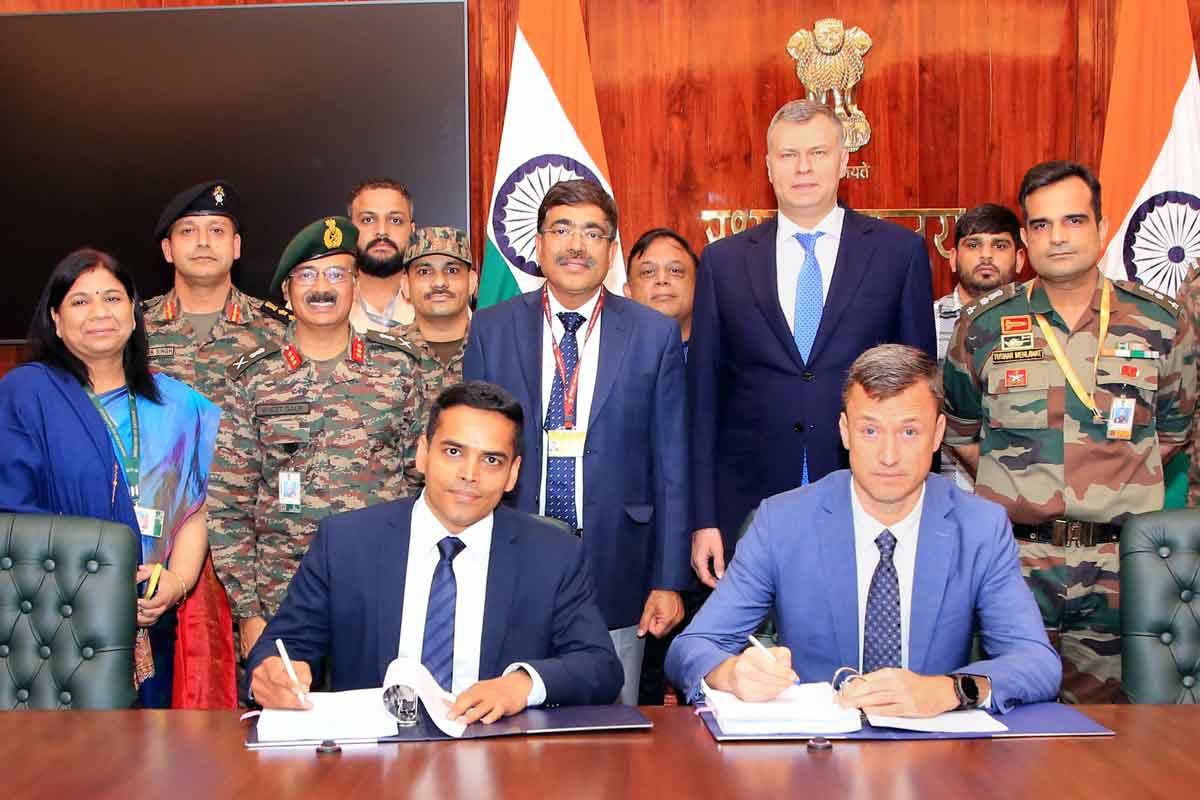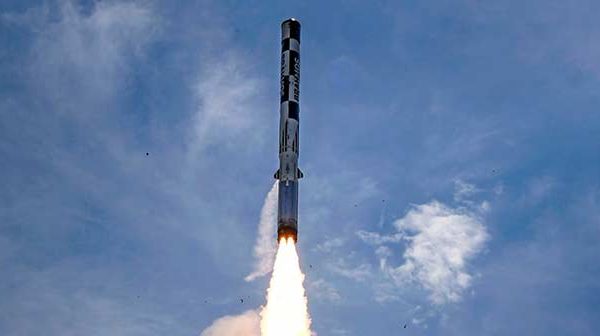DRDO’s Autonomous Flying Wing Technology Demonstrator: India’s apex defence research body, the Defence Research and Development Organisation (DRDO) Friday successfully conducted the flight trial of the Autonomous Flying Wing Technology Demonstrator, an indigenously designed and developed flying wing UAV, at the Aeronautical Test Range (ATR) in Chitradurga district in southern state Karnataka.
The flight trial of the Autonomous Flying Wing Technology Demonstrator conducted on Friday used a Tailless configuration of the UAV.
The successful flying demonstration of this autonomous stealthy unmanned aerial vehicle shows the maturity of the technology readiness levels in the country as UAVs and autonomous vehicles take centrestage in modern warfare.
READ: MoD approves purchase of 97 LCA Tejas, over 150 LCH Prachand helicopters
With this flight in the tailless configuration, India has joined the elite club of countries that have mastered the controls for the Flying wing configuration.
This UAV was designed and developed by DRDO’s Aeronautical Development Establishment (ADE), Bengaluru, a premier research laboratory of DRDO. The maiden flight of this aircraft was demonstrated in July 2022, followed by six flight trials in various developmental configurations using two in-house manufactured prototypes.
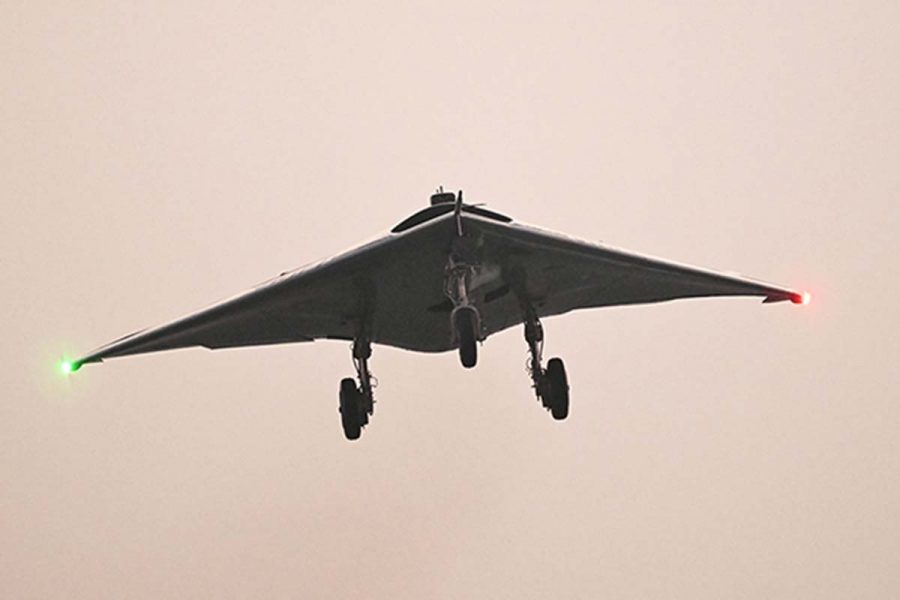
DRDO’s Autonomous Flying Wing Technology Demonstrator at Chitradurga, Karnataka (Friday – December 16, 2023).
READ: NPCIL begins loading fuel in Kakrapar nuclear power plant
These flight tests led to achievements in the development of a robust aerodynamic and control system; integrated Real-Time and Hardware-in-loop Simulation, and a state-of-the-art Ground Control Station. The team had optimized the avionic systems, integration and flight operations towards the successful 7th flight in the final configuration.
The aircraft prototype with a complex arrowhead wing platform is designed and manufactured with lightweight carbon prepreg composite material developed indigenously. The composite structure is impregnated with fibre interrogators for health monitoring which showcases the self-reliance in Aerospace technology.
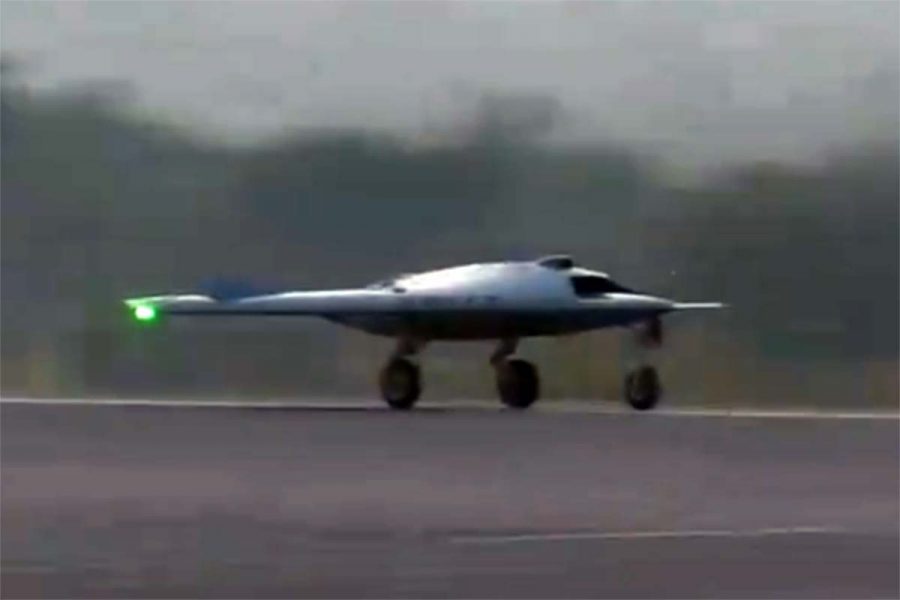
DRDO’s Autonomous Flying Wing Technology Demonstrator at Chitradurga, Karnataka (Friday – December 16, 2023).
READ: IAF gets first twin-seater trainer version of LCA Tejas fighter
As a unique capability demonstration, the Autonomous landing of this high-speed UAV without the need for ground radars, infrastructure or pilot has been proved, allowing take-off and landing from any runway with surveyed coordinates. This was possible using onboard sensor data fusion with indigenous satellite-based augmentation using GAGAN receivers to improve the accuracy and integrity of GPS navigation.
READ: X-66A: RTX-Boeing partner for NASA’s Sustainable Flight Demonstrator Project


